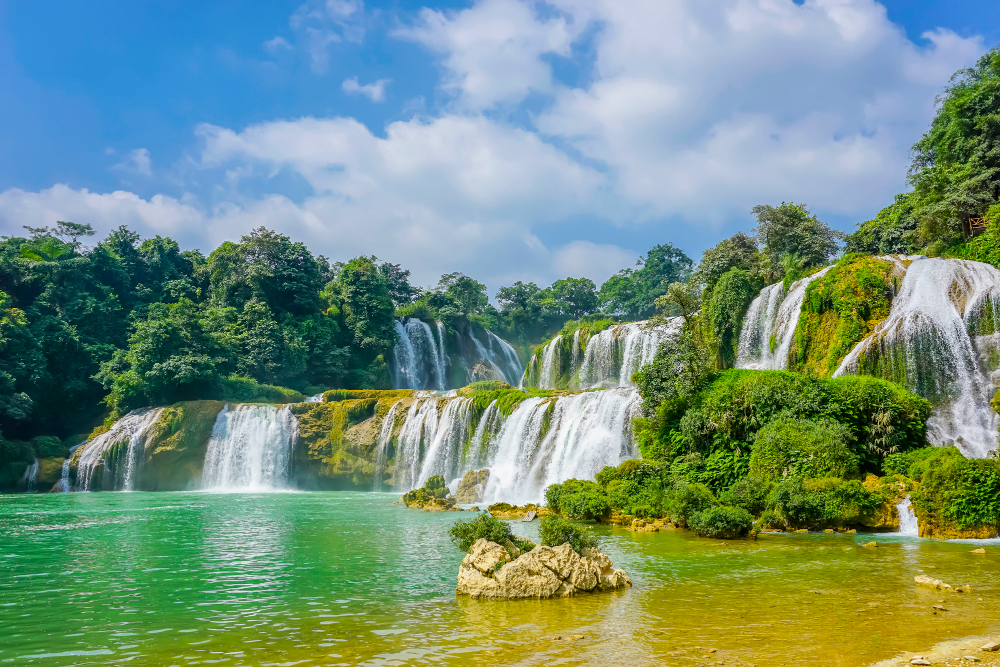
Understanding Nature: Importance, Trends, and Conservation
Nature forms the backbone of life on Earth, providing essential resources, regulating climate, and supporting biodiversity. Protecting natural ecosystems has become a critical priority worldwide. Several important trends and practices are shaping how we conserve and interact with the natural world.
1. Biodiversity Conservation
Preserving a wide variety of plants, animals, and microorganisms ensures ecosystem stability and resilience. Biodiversity supports food security, medicine, and ecological balance.
2. Forest Protection and Reforestation
Forests act as natural carbon sinks, absorbing carbon dioxide and combating climate change. Efforts to prevent deforestation and increase reforestation are crucial for reducing global warming and protecting wildlife habitats.
3. Sustainable Agriculture
Eco-friendly farming practices help minimize soil degradation, reduce pesticide use, and conserve water, promoting healthier ecosystems and sustainable food production.
4. Water Resource Management
Protecting rivers, lakes, and wetlands ensures clean water supply, supports aquatic life, and helps prevent floods and droughts. Efficient water management is essential for both human health and environmental conservation.
5. Combatting Climate Change
Nature-based solutions like restoring mangroves, wetlands, and peatlands help absorb greenhouse gases and reduce the impact of climate-related disasters.
6. Pollution Reduction
Reducing air, water, and soil pollution through regulations and community actions improves ecosystem health and lowers risks to both humans and wildlife.
7. Urban Green Spaces
Creating parks, gardens, and green rooftops in urban areas improves air quality, supports biodiversity, and provides natural recreational spaces for city dwellers.
8. Wildlife Corridors and Protected Areas
Establishing wildlife corridors between habitats allows safe migration and ensures genetic diversity, helping species survive amid habitat fragmentation.
9. Community Involvement and Education
Engaging local communities in conservation initiatives raises awareness and empowers people to sustainably manage natural resources.
10. Renewable Energy Integration
Transitioning to solar, wind, and other clean energy sources reduces fossil fuel dependence, lessening habitat destruction and pollution.
11. Eco-Tourism
Responsible tourism generates funding for conservation projects and educates visitors on the importance of protecting natural environments.
12. Technological Advances in Conservation
Using drones, satellite imaging, and artificial intelligence enhances ecosystem monitoring, wildlife tracking, and resource management.
13. Soil Health Restoration
Healthy soils store carbon, support plant growth, and regulate water cycles, making soil conservation vital for nature and agriculture.
14. Ocean Conservation
Protecting marine ecosystems from overfishing, pollution, and coral bleaching is critical to maintaining biodiversity and supporting coastal communities.
Why Protecting Nature is Essential
-
Climate Regulation: Forests, oceans, and wetlands regulate global temperatures and weather patterns.
-
Health Benefits: Clean air and water from healthy ecosystems reduce disease risks.
-
Economic Value: Nature supports agriculture, fisheries, tourism, and provides raw materials.
-
Cultural Significance: Many cultures have deep connections to natural landscapes and species.
Protecting nature is vital for sustaining life on Earth. By understanding key trends and actively participating in conservation efforts, everyone can contribute to a healthier planet and future.
